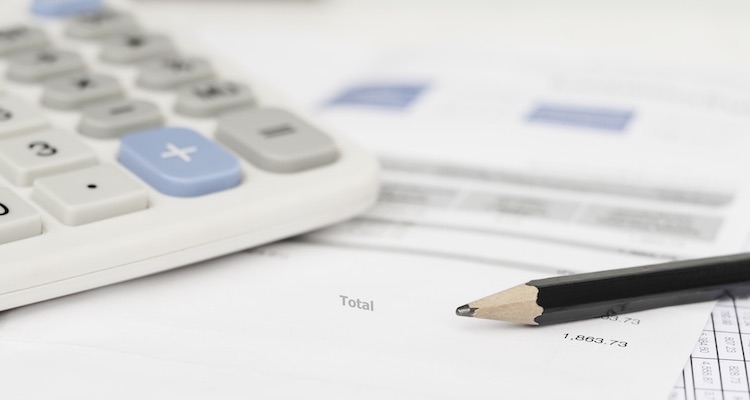The Customer Effect
Credit bureaus assess ‘unscoreables’ and offer others a second chance
- Millions of Americans can't access credit because of low credit scores or the lack of any credit score at all.
- To get a more holistic picture of a consumer's financial habits, major credit bureaus have begun to develop alternate credit scores based on a broader range of criteria.








